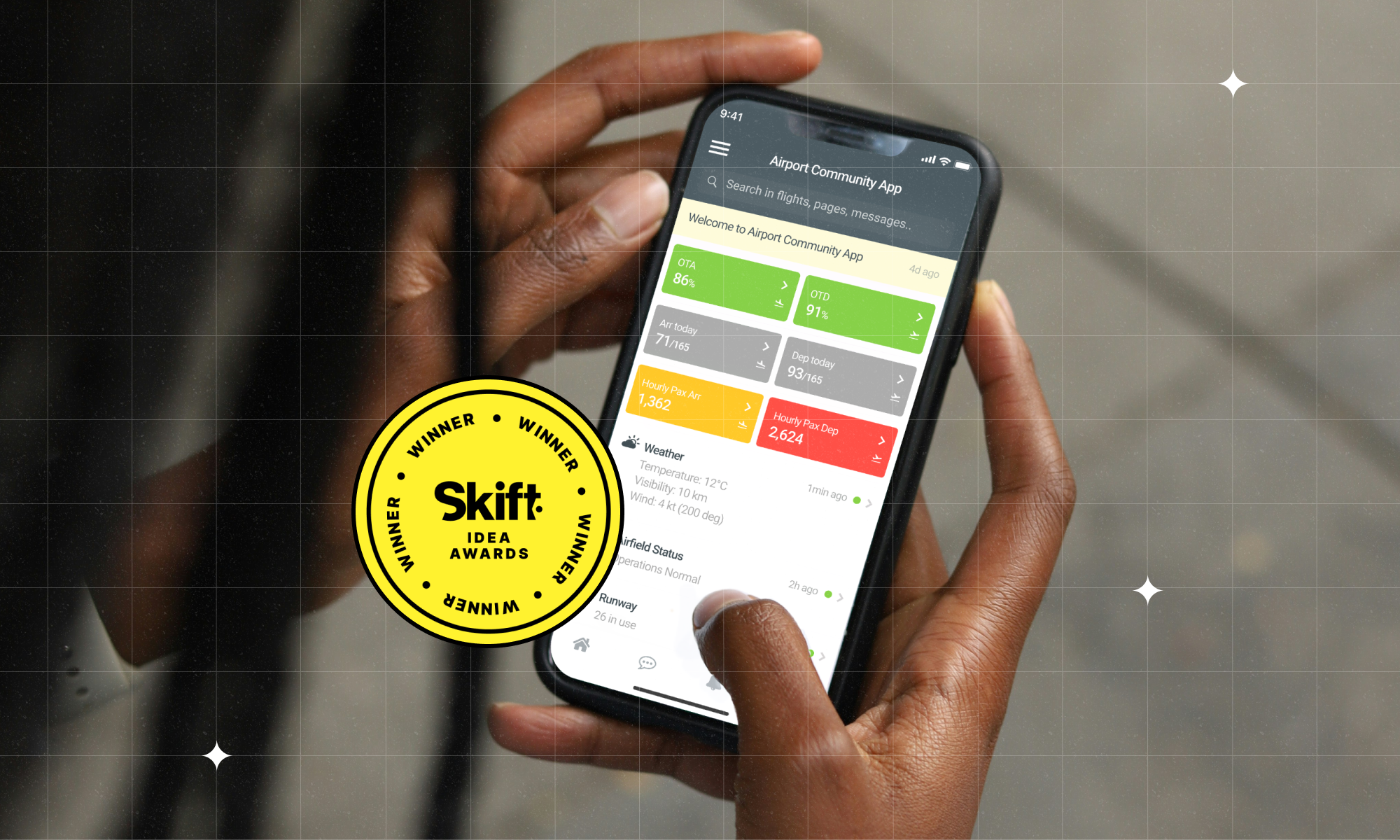Extreme weather conditions can disrupt airport operations on a massive scale. Just recently, unprecedented rains led to unprecedented disruptions at a major international airport, pushing core operational systems to their limits. Yet, SkyCore AODB, a core component of the AirportLabs Total Airport Management platform, provided essential support for the airport to successfully manage this crisis.
In this blog post, we discuss how operational requirements drastically change during times of disruption and how SkyCore successfully dealt with the sudden increase in the demands placed on operational systems, with a significant impact across multiple areas, including operational safety, traffic management or resource allocation.
Scalability to meet crisis-driven demands
Firstly, as constraints are placed on airport resources such as runways or stands, we observed a significant increase in the volume of data exchanged across the impacted operational flows. Significant changes were seen in the frequency of TSAT (target start-up approval times) generation or the volume of information exchanged to and from the docking system and consequently led to a 10-12x increase in the volume of data exchanged across certain integrations, with some interfaces processing over 1000 messages per second. Consequently, it is paramount for solutions to seamlessly scale based on increasing operational needs and to provide the necessary overhead of computational resources to deal with an even larger, unexpected demand.
Automated operations ease disruption management
Secondly, we noticed a sudden two-fold increase in the number of users actively using the SkyCore solution to manage operational data. This surge in user activity highlights the crucial role an AODB solution plays in an airport operational ecosystem, as the need for real-time data exchange becomes even more critical during disruptions and operational decisions have to consider human input and analysis.
Despite the sudden increase in user numbers, the fully automated data exchange with all airport systems provides a very solid foundation for management of operational flows based on the newly-defined resource constraints, such as runway or stand closures. Automated data integrations means that there is minimal need for manual user input, accelerating response times, reducing the risk of human error and enabling users to focus on critical decision-making. This highlights both the importance of automated integration capabilities as described here and the scalability of solutions not just based on operational demand, but also based on active usage.
Unlimited usability drives efficient collaboration
Thirdly, this operational challenge highlighted SkyCore’s capability to provide a collaborative environment for various stakeholders from different operational areas. Licensing fees based on the number of users are obsolete and no longer suitable for the versatility required in the management of airport operations: users had to be provided with instant access and tailored permissions on the spot. Importantly, this clearly demonstrates that comprehensive user management capabilities are required in any such solution in order to enable airports to provide distinct stakeholders with permission-based access tailored to the scope of their work.
In conclusion, our recent experience in supporting the management of operational disruptions with the AirportLabs Total Airport Management platform underscores the importance of pillars such as scalability, automated data integrations at all times and unlimited usability. Airports must invest in operational solutions that integrate, at the very least, some of these benefits, both at solution and data integration levels. Ultimately, this will provide the ability and confidence that any operational disruption can be managed and operational continuity can be maintained at all times. If you're interested in seeing how the SkyCore AODB system can enhance your airport's resilience against disruptions, please get in touch.

.png)




